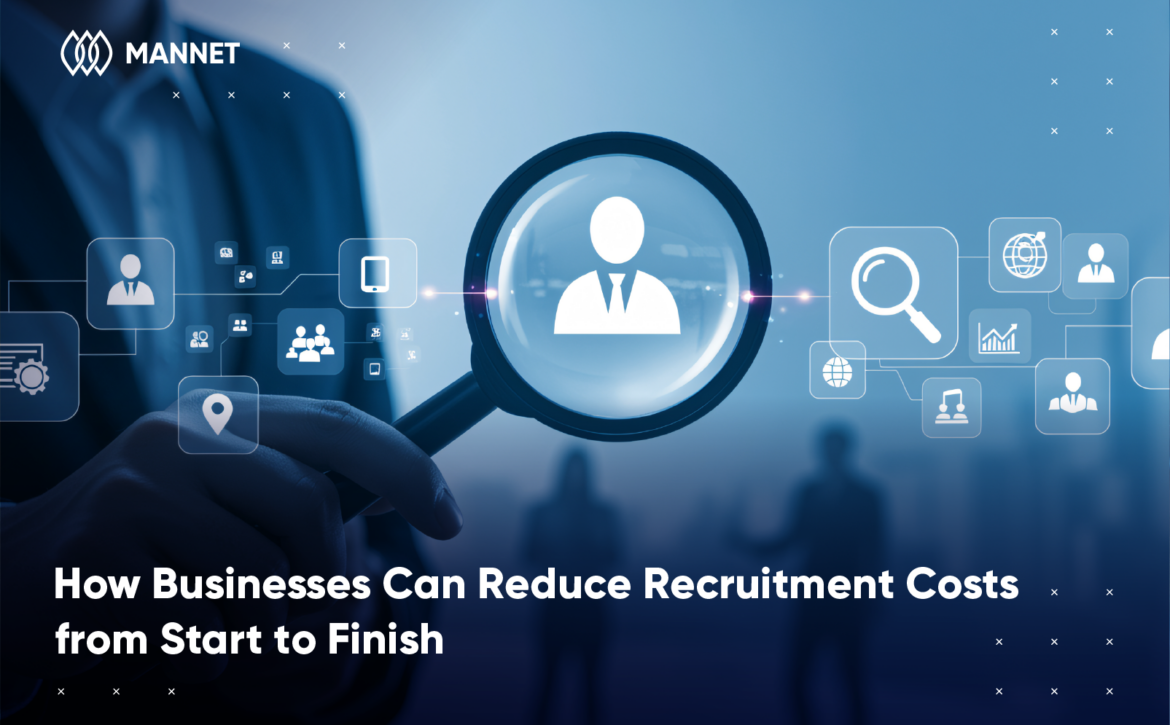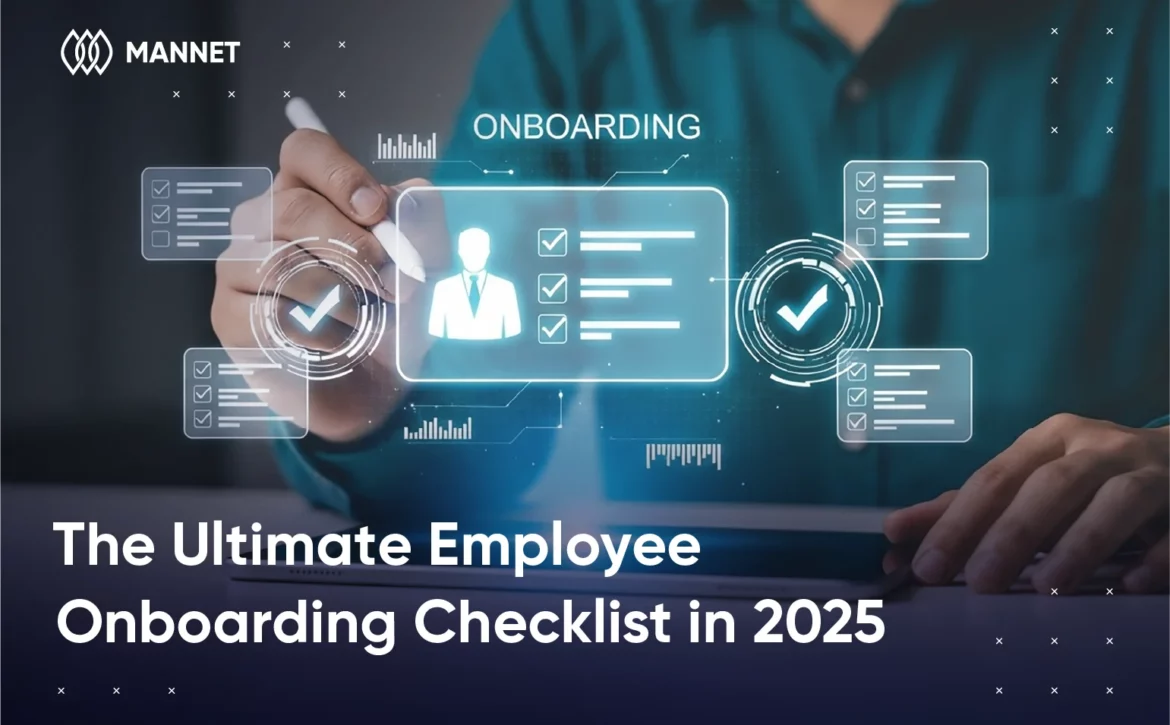Consider the difference between a generic job posting for a “software developer” versus one that specifically targets a “full-stack developer with React expertise, 3-5 years of experience in fintech, and a passion for building scalable user experiences.”
The latter immediately attracts candidates who possess the technical skills, relevant industry context, and intrinsic motivation for the work. This is where a candidate profile guides the talent acquisition processes. They put the ideal job candidate into focus so businesses can zero in on qualified applicants quickly and reduce hiring costs, headaches, and much more.
To understand the value of a candidate profile more clearly, this article will explain what it is, how to build one effectively, and why companies should not skip this step when recruiting.
Let’s start!
What is a Candidate Profile?
A candidate profile is a detailed document that outlines the specific characteristics, qualifications, skills, and attributes that define the ideal person for a particular role within an organization.
Unlike a basic job description that primarily lists responsibilities and requirements, a candidate profile provides a comprehensive blueprint encompassing technical competencies, soft skills, cultural fit indicators, and behavioral traits that contribute to success.
Why is a Candidate Profile Important in Recruiting?
Attracting the right talent
Hiring the right people remains a challenge for many organizations, with 48% of HR professionals reporting ongoing difficulties in filling open roles. The good news is that companies can build a candidate profile to make it easier to find top talent.
A well-defined candidate profile significantly enhances an organization’s ability to attract high-quality candidates who are genuinely aligned with the role. With a clear understanding of the ideal candidate, recruiters can write more targeted job postings and craft compelling value propositions that speak directly to the right talent pool.
Making the hiring process more efficient
A candidate profile acts as a shared evaluation framework for everyone involved in the hiring process. It enables faster, more consistent decision-making by outlining the skills and attributes required for success.
During resume screening, recruiters can quickly identify top-fit applicants. In interviews, panels can structure questions around the profile’s key competencies, reducing redundancies and ensuring a more focused assessment.
Minimizing unconscious bias in selection
Unconscious bias remains a major obstacle in modern hiring, often leading to missed opportunities and less diverse teams. Research has found 48% of HR managers admit bias affects which candidates they choose to hire.
Candidate profiles help mitigate this risk by focusing evaluation on objective, job-related criteria instead of personal background or subjective impressions.
By clearly defining essential skills, experiences, and attributes required for success, candidate profiles shift evaluation focus from personal characteristics to professional competencies. This approach helps interviewers recognize when they might be making assumptions based on a candidate’s background rather than actual qualifications.
Read more: Inclusive Hiring Practices: A Pathway to Business Growth
How to Build a Candidate Profile in 7 Steps
Step 1. Define the role and key tasks
Start by understanding what the role actually involves – beyond a standard job description. Clarify the day-to-day responsibilities, key projects the candidate will work on, and how the role contributes to business goals.
Businesses can also consult the team or department where the position resides to capture the full scope of duties.
Step 2. Define the hard and soft skills required
An effective candidate profile must include a clear articulation of both hard and soft skills required for the role.
Hard skills refer to the specific, technical competencies that are measurable and directly applicable to job tasks. Equally important, however, are soft skills, which encompass interpersonal abilities and behavioral traits.
For example, a candidate profile template for a DevOps engineer might include:
- Hard skills: CI/CD pipeline management, Docker, AWS
- Soft skills: collaboration with cross-functional teams, time management, and proactive issue resolution.
Step 3. Separate must-haves from nice-to-haves qualities
Avoid creating an impossible wish list. Instead, differentiate between what is essential and what is desirable. Must-haves are non-negotiable and directly impact job performance. Nice-to-haves can be trained or developed over time and should not disqualify an otherwise strong candidate.
This approach helps open the recruiting funnel to more diverse and capable applicants without compromising role effectiveness.
Step 4. Align with company culture and goals
Technical expertise is only part of the equation. A successful hire will also align with the company’s values, work style, and long-term goals.
Is this a fast-paced startup environment or a structured enterprise? Is innovation prized over process, or vice versa? These factors should shape the ideal candidate profile.
For instance, a company prioritizing innovation might value curiosity and initiative over traditional experience.
Step 5. Learn from top performers and existing employees
Analyzing characteristics and career paths of current high-performing employees provides valuable insights for developing realistic and effective candidate profiles. Conduct interviews with top performers to understand their backgrounds, skill development paths, and factors that contribute to their success.
Pay attention to common themes and patterns among high performers. These patterns often reveal the true drivers of success in the organization. Don’t overlook the importance of learning from employees who struggled, as understanding what didn’t work can be equally valuable.
Step 6. Draft the full candidate profile
Now that businesses have gathered all the inputs, consolidate them into a structured profile. A typical candidate profile template might include:
- Position summary: One-paragraph overview
- Key responsibilities: Top 4-6 duties
- Required qualifications: Education, certifications, experience
- Technical skills: Tools, programming languages, frameworks
- Soft skills: Teamwork, leadership, adaptability, etc.
- Personality traits: Self-motivation, attention to detail, openness to feedback
- Culture fit indicators: Values alignment, working style compatibility
Step 7. Create the job description based on the profile
A clear candidate profile makes job description writing much easier. Instead of vague or generic postings, companies can craft listings that speak directly to the ideal applicants – highlighting what truly matters to success in the role.
Include key elements of the profile in the job ad and use inclusive language that welcomes diverse applicants. Well-aligned job descriptions lead to more qualified applications and a smoother hiring experience overall.
Frequently Asked Questions About Candidate Profile
- What is the difference between a candidate profile and a job description?
A job description focuses on the responsibilities and scope of the role. A candidate profile defines the qualities and attributes needed to excel in that role. The job description tells what needs to be done; the candidate profile explains who is best suited to do it.
- Should every position have its own candidate profile?
Yes. While companies can reuse parts of profiles for similar roles, each position has unique requirements based on team dynamics, business priorities, and role expectations. A tailored approach ensures better hiring accuracy.
- Can candidate profiles help with onboarding and retention?
Absolutely. When candidates are selected based on well-defined profiles, they’re more likely to succeed and stay. The profile can also serve as a foundation for onboarding plans and performance benchmarks.
Final Thoughts On Candidate Profile
Having a clear candidate profile helps cut through the noise. When organizations know exactly who they are looking for, writing job descriptions gets easier, screening becomes faster, and the hiring process feels a lot less like guesswork. It helps businesses save time, avoid mismatches, and make more confident decisions.
Through our recruitment services, ManNet supports companies in building ideal candidate profiles tailored to their goals, team dynamics, and growth strategies. We focus on practical hiring: understanding your real requirements, narrowing the field, and only connecting you with candidates who actually fit.
When you’re ready to put your candidate profile into action, talk to us to make that next hire the right one.


